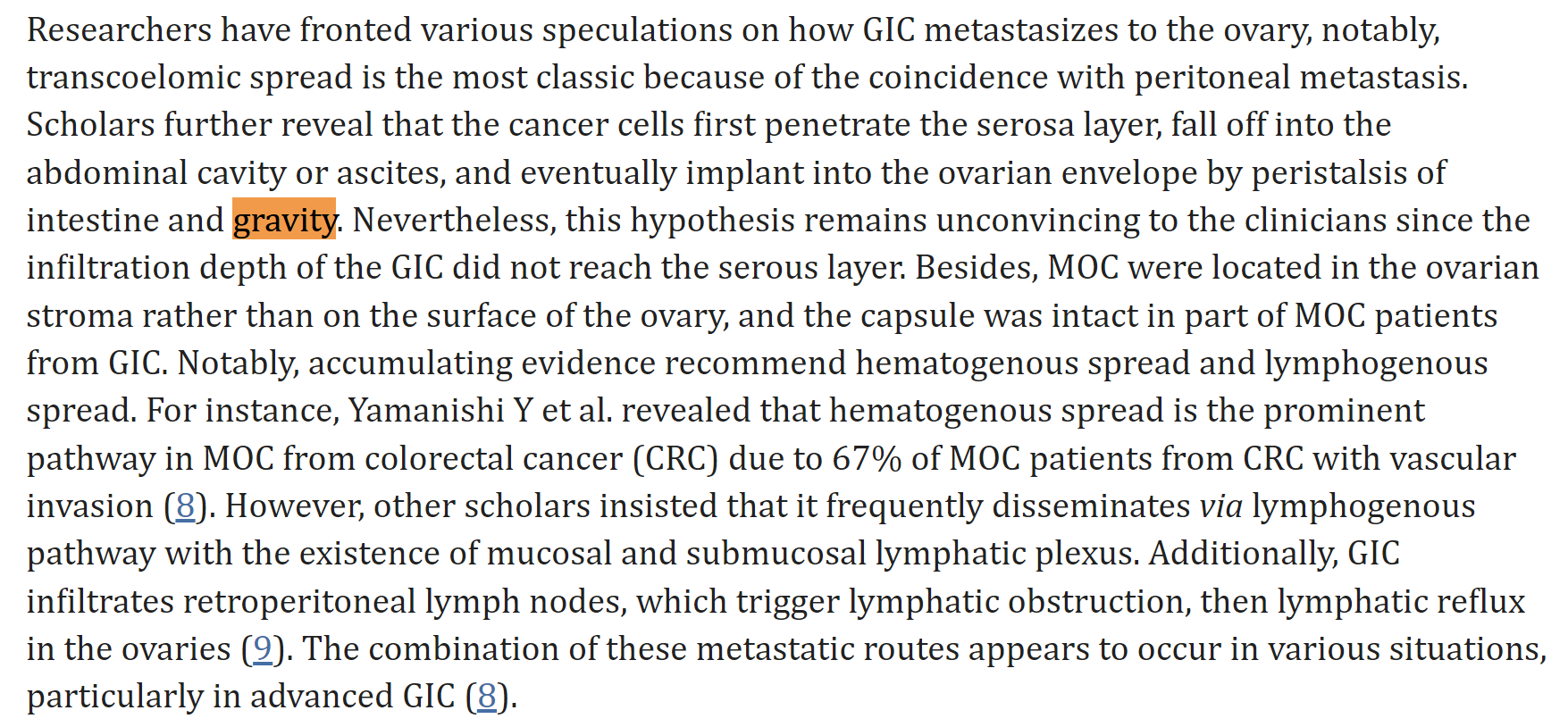- Joined
- Aug 14, 2016
- Messages
- 16
- Reaction score
- 24
Any experience or thoughts on this program? Seems to have some interesting features, not sure how it translates in practice.
We’re looking to get this along with the functional platform that helps with contouring out some of those pathways. Have to say, I’m sold on the products.We just bought it and are working on commissioning it on our machine. We've been using brainlab multimet cranial module and it's great. I had a long discussion about elements with our physicist. One of the biggest issues we've had planning spine SBRT with pinnacle is the plans frequently fail QA and we have to replan. Pinnacle tries to come up with complicated plans to create the needed steep gradients, which leads to a relatively high failure rate. Elements is solely designed for spine SBRT and gives you elegant solutions that're more practical and deliverable. Having said that, we haven't used it on a real patient yet. But as I said, their cranial plans are amazing and easily deliverable, so I have no reason to doubt their spine module
Cop-out answer: treat as much of T4 as possible to keep yourself comfortable, treat as little of T4 as possible to keep the DVH for cord reasonable, and treat the hypermetabolic lesion.How do you all approach spine SBRT adjacent to a previously treated level?
Patient previously got 24/2 to T5 (vetebral body only) 6 months ago. Now has hypermetabolic lesion in vertebral body of T4. Reasonable to SBRT the FDG-avid area and not treat the rest of the body? Or would you treat the whole body but pull off cord inferiorly?
Continuing to monitor risks progression and having to treat a larger area potentially retreating cord.
Not treating the whole body risks marginal failure or local recurrence and trying to patch that area up a 3rd time, again overexposing cord.
Cop-out answer: treat as much of T4 as possible to keep yourself comfortable, treat as little of T4 as possible to keep the DVH for cord reasonable, and treat the hypermetabolic lesion.
Excellent question, I've asked myself the same often.Thanks, I'll probably do this and just be very conservative near the posterior edge of the VB. Thankfully the lesion is central.
This is a stupid question, and I am going to expose some gaps in my knowledge/training, but what is the data behind the consensus guidelines for treating the whole vertebral body or for instance, transverse process or posterior elements in some cases rather than just the lesion on MRI/PET + PTV margin? Presumably the thought is the rest of the bone harbors micrometastatic disease. We don't do this in other bones, just spine. Why? Patterns of failure analysis?



Cancer cells in vertebral bones are capable of subclinical spread within the vertebral body. Cancer cells don’t subclinically spread in non-vertebral bones. I’m very surprised you didn’t know that!Thanks, I'll probably do this and just be very conservative near the posterior edge of the VB. Thankfully the lesion is central.
This is a stupid question, and I am going to expose some gaps in my knowledge/training, but what is the data behind the consensus guidelines for treating the whole vertebral body or for instance, transverse process or posterior elements in some cases rather than just the lesion on MRI/PET + PTV margin? Presumably the thought is the rest of the bone harbors micrometastatic disease. We don't do this in other bones, just spine. Why? Patterns of failure analysis?
Made up. Have moved to just treating gross disease with a small PTV margin.Thanks, I'll probably do this and just be very conservative near the posterior edge of the VB. Thankfully the lesion is central.
This is a stupid question, and I am going to expose some gaps in my knowledge/training, but what is the data behind the consensus guidelines for treating the whole vertebral body or for instance, transverse process or posterior elements in some cases rather than just the lesion on MRI/PET + PTV margin? Presumably the thought is the rest of the bone harbors micrometastatic disease. We don't do this in other bones, just spine. Why? Patterns of failure analysis?
Made up. Have moved to just treating gross disease with a small PTV margin.
Same folks who said it we had to treat level above and below. Can't shake history.So we've been taking the cord to tolerance for no proven reason? Hmmmm... Wonder if you would fail boards for saying this.
IOW what we do for every other oligometMade up. Have moved to just treating gross disease with a small PTV margin.
They are even able to infiltrate through intervertebral discs and beyond. That's why:Cancer cells in vertebral bones are capable of subclinical spread within the vertebral body. Cancer cells don’t subclinically spread in non-vertebral bones. I’m very surprised you didn’t know that!
They are even able to infiltrate through intervertebral discs and beyond. That's why:
"One above and one below"!
The argument I was told was that you needed to cover above and below to prevent a failure and have to come back and treat next to a previously treated level. Well what if it fails above and below that?

Also helped prevent misses for those boomers with trouble identifying vertebral body numbers...The argument I was told was that you needed to cover above and below to prevent a failure and have to come back and treat next to a previously treated level. Well what if it fails above and below that? And where do you set your block? If the 95% isodose line covers the top of the VB + PTV margin extending into the next level, there is going to be significant dose to half of the adjacent level. The whole thing seemed ridiuclous.
I think that’s exactly why they used to do thatAlso helped prevent misses for those boomers with trouble identifying vertebral body numbers...
Sacrum. Gravity? I'm going to go with gravity.So I have to ask you guys. What part of the spine is most commonly involved with metastases and why. Cervical, thoracic, lumbar, or sacral?
Nope but good logicSacrum. Gravity? I'm going to go with gravity.
Haha I was joking as that made about as much sense as above and below. I assumed it was a volume thing as well.Nope but good logic
It’s thoracic … because bony mets tend to distribute randomly, and we have more thoracic vertebrae so it’s a probabilistic thing (or so I’ve been told)

Thanks for this. Always good to re-examine assumptions. Not sure I buy it as identified a few weaknesses in the analysis on cursory review but food for thought.Relevant study:

Deviation from consensus contouring guidelines predicts inferior local control after spine stereotactic body radiotherapy - PubMed
Adherence to consensus contouring guidelines for spine SBRT is associated with superior LC and fewer marginal misses.pubmed.ncbi.nlm.nih.gov
I stick to the guidelines.
Thanks, I'll probably do this and just be very conservative near the posterior edge of the VB. Thankfully the lesion is central.
This is a stupid question, and I am going to expose some gaps in my knowledge/training, but what is the data behind the consensus guidelines for treating the whole vertebral body or for instance, transverse process or posterior elements in some cases rather than just the lesion on MRI/PET + PTV margin? Presumably the thought is the rest of the bone harbors micrometastatic disease. We don't do this in other bones, just spine. Why? Patterns of failure analysis?
Well you know "drop" is what a thing does in the presence of a gravitational field right?Haha I was joking as that made about as much sense as above and below. I assumed it was a volume thing as well.

Excellent question, I've asked myself the same often.
What we have done in our clinic was to use different dose levels.
We treat the entire vertebral body with one dose level and SIB to what we see on CT/MRI/PET with another dose.
Dose to the entire vertrebral body is generally below spinal cord constraints, dose to lesion is then higher.
For instance 6 x 4 Gy to vertebral body and 6 x 6 Gy to the lesion (GTV + 3mm CTV-margin).
Add to that a PTV margin, depending on how comfortable you are with your immobilization.
How do you all approach spine SBRT adjacent to a previously treated level?
Patient previously got 24/2 to T5 (vetebral body only) 6 months ago. Now has hypermetabolic lesion in vertebral body of T4. Reasonable to SBRT the FDG-avid area and not treat the rest of the body? Or would you treat the whole body but pull off cord inferiorly?
Continuing to monitor risks progression and having to treat a larger area potentially retreating cord.
Not treating the whole body risks marginal failure or local recurrence and trying to patch that area up a 3rd time, again overexposing cord.
